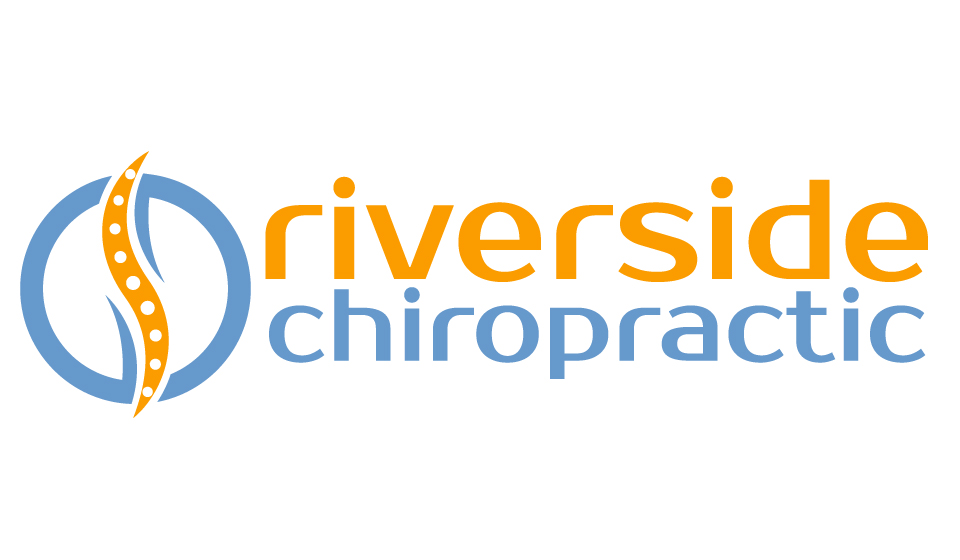Constant Stress
/We have all experienced stress at times in our lives. The source of our stress can vary from things such as: our relationships at home, work deadlines, colleagues at work or illness. Constant stress can become unhealthy particularly when it causes us to crave foods that may taste good but don't nourish our bodies - did someone say comfort food?! If we don't receive the correct nutrition it becomes harder for our bodies to deal with stress and we're more likely to put on weight.
The Cortisol Made Me Do It
Also, known as “the stress hormone,” cortisol can increase when you’re feeling tense or stressed. This may cause you to reach for comfort foods such as pasta and bread as well as sugary foods. This isn't such a great idea as eating those foods causes our blood sugar to quickly rise. This combined with the fact that cortisol causes our blood sugar to rise too as our bodies are preparing us to either 'fight or flight' can lead to type 2 Diabetes. Of course, one can enjoy these foods in moderation. Try to eat a diet filled with nutrient-dense foods such as lentils, beans, lean protein and plenty of vegetables.
Chronic Stress
Long term increases in cortisol can lead to a lower life expectancy, interfere with learning and memory, lower immune function and bone density, increase weight gain, blood pressure, cholesterol, heart disease. Chronic stress and elevated cortisol levels also increase risk for depression, mental illness, and lower life expectancy. (1)
How To Manage Our Stress
Whilst alcohol can help to relax us it isn't a great way to deal with stress long term.
If you are stressed and you have been a couch potato lately it is time to get moving as this can reduce your cortisol levels. It also boosts our endorphin levels which are our 'feel good' hormones. You don't need to go for a run, going for a walk is great but do try to get your heart rate up and push yourself.
Receiving chiropractic treatment may have a positive impact on reducing your cortisol levels. (2) Chiropractic can also help alleviate muscular pain and tension which may help to your alleviate stress. (3)
Meditation and breathing exercises can help to reduce stress and clear you mind - try out this video. A lot of people say they can't keep their mind still enough to meditate. Meditating won't necessarily make you a zen-like Buddhist monk and it is very normal to have thoughts going in and out of your mind, try not to get frustrated by this. Instead, notice that your mind has wandered, and start focusing on your breath again. Your mind may wander a hundred times and that is ok!
If you would like help with your stress management, contact us today to schedule an appointment.
(1) https://www.psychologytoday.com/blog/the-athletes-way/201301/cortisol-why-the-stress-hormone-is-public-enemy-no-
(2) https://www.ncbi.nlm.nih.gov/pmc/articles/PMC2050804/
(3) 'Mechanism of action of spinal manipulative therapy' Joint Bone Spine, Vol 70, Issue 5, September 2003, pg 336 - 341








